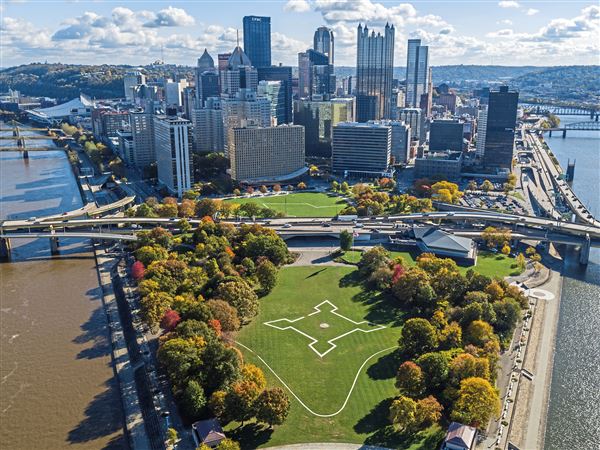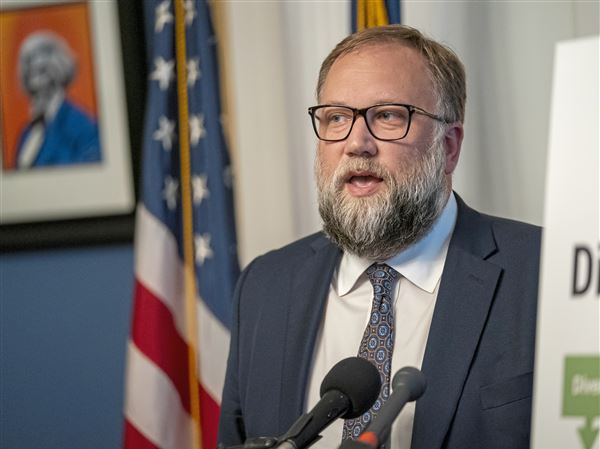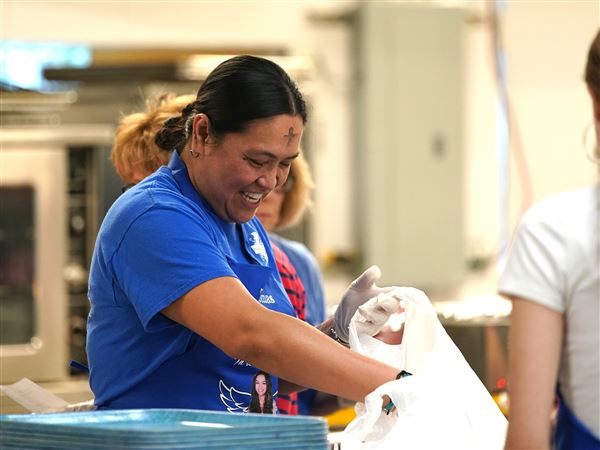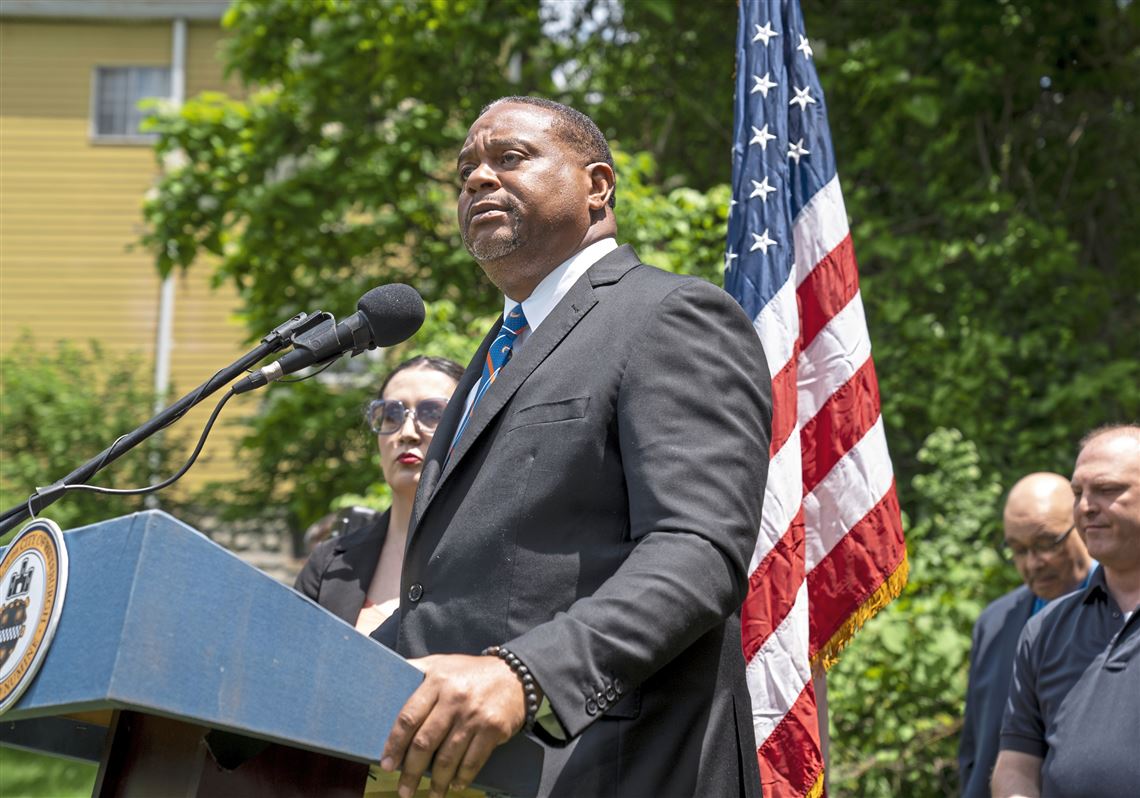Almost a year has passed since Pittsburgh Mayor Ed Gainey’s historic election and inauguration. During that time, the city’s appalling violence has continued and grown, festering like a cancerous sore and spreading like a plague. It’s time for the mayor to step up and regain some lost momentum. He can start by delivering a thorough progress report on on the city’s violence reduction plans and a blueprint for making those ideas a reality.
Last summer, Mr. Gainey held several press conferences and other public events, like a midnight stroll through the South Side. They were promising first steps in a communitywide Plan for Peace, even though the details remained fuzzy. But Mr. Gainey and his team have never fleshed out exactly what a “public health” approach to violence reduction means. The Plan for Peace, announced in June, remains largely conceptual, including the encouraging “proactive” community policing the mayor described at a Homewood event earlier this month.
Over the past few months, however, Mr. Gainey has largely dropped out of sight, even as the violence mounted, and the campaign he sparked appeared to stall. Even more disappointing, initiatives that have worked in other cities, such as working groups that include the perspectives of men and women who have experienced — and committed — street violence, have yet to become a formal part of the mayor’s plan.
Maybe state and national Democratic leaders don’t want city officials highlighting crime during the midterm campaigns. Maybe other priorities have emerged or, worst of all, the ongoing slaughter has become the new norm. Whatever the reasons for Pittsburgh’s lack of focus, direction and leadership from the top, the mayor’s lack of follow-through is troubling.
Reducing violence takes a sustained community-wide effort. It takes years of intelligent interventions, creating opportunities for young people, and a permanent change in how the city does business. Feeling good about holding a few press conferences and public events, and then forgetting about it, won’t cut it.
City homicides rose 25% during the first half of 2022, compared to the same period last year. Homicides in the county and city already had risen — 27% in the county and 43% in the city — between 2019 and 2021. Killings were stable or declining from 2016 to 2019.
The events of last week show why this no time to retreat. On Tuesday afternoon, bullets struck the Passport Academy Charter School on crowded Penn Avenue in Downtown Pittsburgh. The call to the police came in at 3:30p.m. The school’s afternoon session lets out at 3:30p.m. It’s a miracle no one was injured or killed.
On Friday afternoon, six people were shot outside a Brighton Heights church — during the funeral for John Hornezes, Jr., who was shot and killed in the North Side, along with two other women, 13 days earlier.
In between those incidents, two men were found shot to death — one in a residential area of Highland Park and the other in a remote area of Garfield. And a 17-year-old boy died after he was shot in the head in Beechview. And four people were shot in Spring Hill-City View and Perry South.
Most of the neighborhoods mentioned here aren’t even high-crime areas. The violence isn’t just intensifying — it’s spreading like the cancer it is.
Going to the source of violence, and curing or alleviating it, takes time, perseverance and hard work — a lot of it. Pittsburghers are hurting, and need hope, now. They need to know their mayor has an effective plan that is moving in the right direction. Most important, they need to know how they can help beat back a plague that is robbing the city of its most precious resource: The lives and potential of its young people.
First Published: October 31, 2022, 4:00 a.m.















